
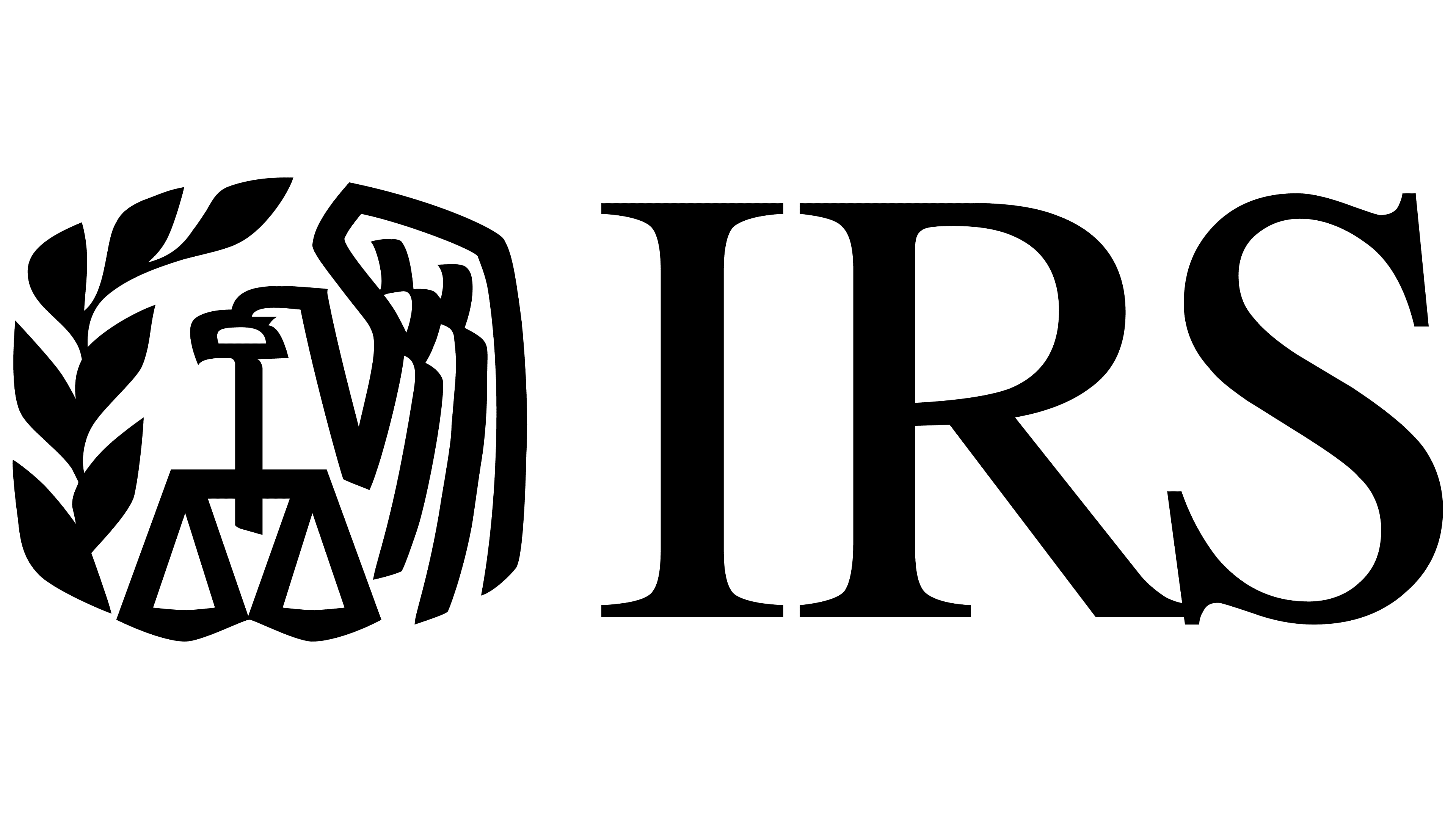
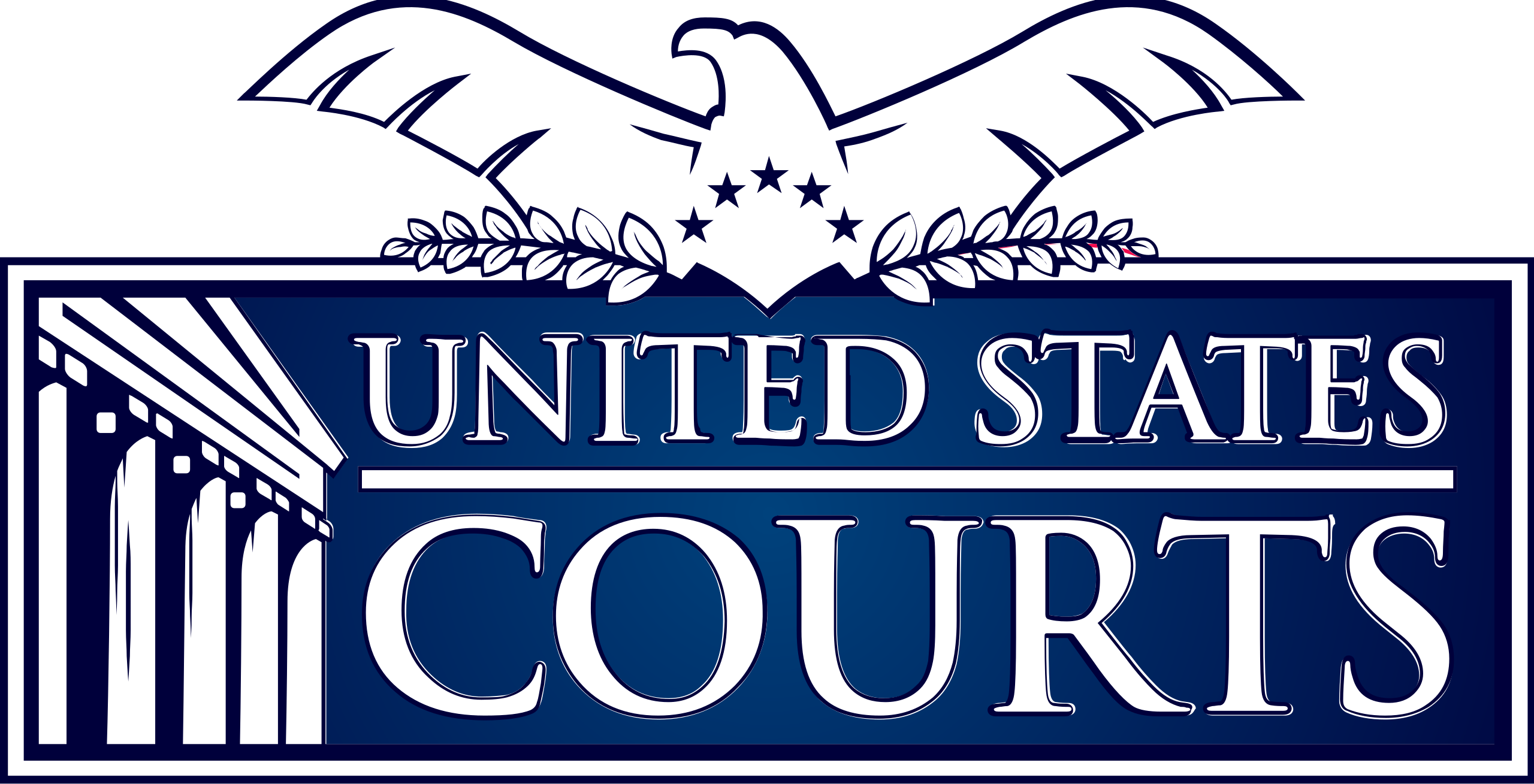

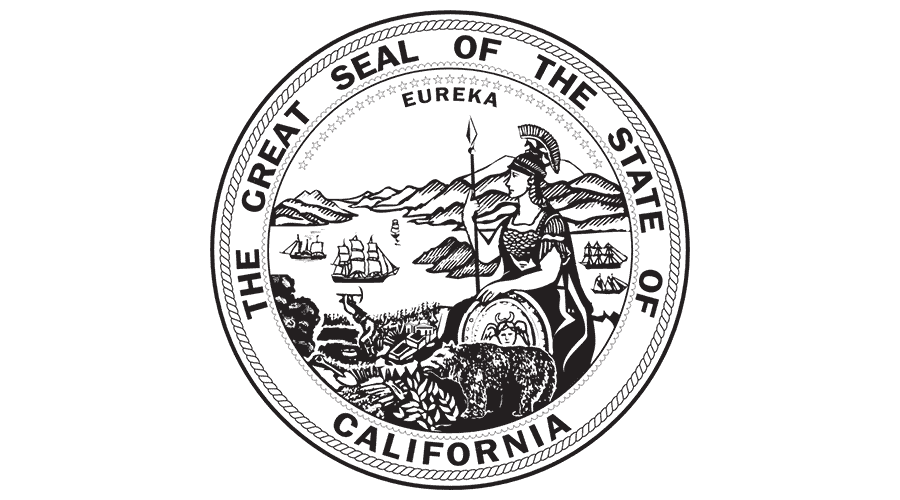
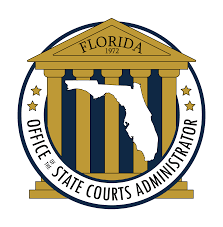
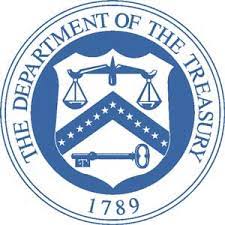
5-Star Service, Trusted & Loved by Hundreds
Your Appraiser Search Ends Here
Your Appraiser Search Ends Here
.avif)

Nationwide Coverage – Appraisals Anywhere in the US

Get it done Onsite or Online

Any Asset, Covered

Defensible for Any Purpose
Frequently Asked
Questions
No Frequently Asked Questions Found.
A trust is a sophisticated legal arrangement where a designated trustee manages assets on behalf of specified beneficiaries. This mechanism offers remarkable flexibility in asset management and distribution. Unlike traditional inheritance methods, trusts can be strategically crafted during one's lifetime or established posthumously. Their primary advantages include circumventing complex probate processes, implementing nuanced asset distribution strategies, potentially reducing tax liabilities, and creating specialized financial protections for vulnerable beneficiaries.
Wills, in contrast, represent a more straightforward legal declaration of an individual's final wishes regarding asset distribution. While they must navigate the probate court system, wills remain fundamental in outlining explicit instructions about asset allocation, naming guardians for minor children, and designating executors responsible for estate administration.
The intersection of trusts and wills lies in their shared objective: providing clear, legally binding guidance for asset management and transfer. Each document offers unique mechanisms for protecting family interests, managing financial legacies, and ensuring that an individual's intentions are honored with precision and legal validity.
Ultimately, effective estate planning requires thoughtful consideration of personal circumstances, family dynamics, financial complexity, and long-term goals. By understanding the distinctive roles and potential of trusts and wills, individuals can construct comprehensive strategies that provide financial security and peace of mind for themselves and their beneficiaries.
Accurate asset valuation forms the cornerstone of comprehensive estate management. By obtaining a professional assessment, individuals can establish a clear, unbiased understanding of their property's worth, including real estate, collectibles, and other valuable items. This valuation ensures transparency and alignment with the estate's intended distribution strategy.
The appraisal process plays a pivotal role in facilitating equitable asset distribution. Executors and beneficiaries gain a definitive reference point for understanding the estate's total value, which minimizes potential conflicts and ensures each party receives their designated share according to the trust or will's specifications.
Tax considerations represent another crucial dimension of estate appraisals. Different jurisdictions impose specific tax obligations based on estate value, making precise documentation essential. A professionally conducted appraisal provides a defensible valuation that can withstand potential scrutiny from tax authorities, protecting beneficiaries from unexpected financial complications.
Legal compliance demands meticulous documentation of asset values. A comprehensive appraisal creates a robust record that can withstand potential legal challenges, demonstrating the estate's commitment to transparency and accuracy. This documentation becomes particularly important if the estate's distribution is ever contested in court.
Moreover, accurate appraisals support strategic insurance planning. By establishing precise asset values, trustees can secure appropriate insurance coverage, protecting the estate's assets against potential loss, damage, or theft. This approach provides comprehensive protection and peace of mind for all involved parties.
The appraisal process ultimately transforms estate planning from a complex challenge into a clear, manageable strategy. It offers a comprehensive framework that balances legal, financial, and personal considerations, ensuring that an individual's final wishes are honored with precision and respect.
An antique silver appraisal represents a specialized professional assessment that meticulously evaluates silver objects crafted over a century ago. This comprehensive evaluation goes far beyond a simple price estimation, encompassing a nuanced exploration of historical significance, craftsmanship, and current market dynamics.
The process involves a detailed forensic examination of the silver piece, where expert appraisers leverage deep knowledge to uncover intricate details about the item's provenance. Specialized techniques are employed to authenticate the piece's origin, including careful analysis of hallmarks, maker's stamps, and distinctive design elements that provide critical insights into its historical context.
Condition plays a pivotal role in determining value. Professional appraisers conduct meticulous inspections, examining every surface for signs of wear, potential restoration attempts, and structural integrity. They assess subtle nuances like patina development, manufacturing techniques, and preservation quality that can dramatically influence the item's market worth.
Market research forms another crucial component of the appraisal process. Appraisers conduct extensive comparative analyses, tracking recent auction results, collector trends, and current market demands to establish a precise and current valuation. This approach ensures that the assessment reflects not just the silver's intrinsic material value, but its broader collectible significance.
The ultimate goal of an antique silver appraisal extends beyond a simple monetary figure. It provides owners with comprehensive documentation that serves multiple purposes, from insurance documentation to estate planning, offering a definitive understanding of the item's historical and financial importance.
Online antique silver appraisals have become increasingly sophisticated, offering clients a convenient and professional alternative to traditional in-person evaluations. Skilled appraisers can now accurately assess silver antiques through detailed photographic documentation and comprehensive item descriptions submitted electronically.
The virtual appraisal process typically involves clients providing high-resolution images from multiple angles, along with critical details about the item's provenance, markings, condition, and historical context. Advanced video conferencing platforms like Zoom or Skype enable real-time interactions, allowing appraisers to conduct interactive examinations and answer client questions immediately.
Professional online appraisals adhere to the Uniform Standards of Professional Appraisal Practice (USPAP), ensuring rigorous methodology and credible valuation regardless of assessment format. This approach eliminates geographical constraints, providing flexibility for clients located anywhere and streamlining the entire valuation experience.
While online appraisals offer remarkable convenience, they are most effective when clients provide extensive, clear documentation. Precise photographs, accurate measurements, and comprehensive background information are crucial for delivering an accurate assessment of an antique silver item's condition, authenticity, and market value.
Clients should understand that some complex or rare pieces might still require in-person examination to determine a definitive valuation. However, for many antique silver items, online appraisals represent an efficient, professional, and accessible method of understanding an item's worth.
Antique silver appraisers represent a nuanced professional landscape with distinct specialties and expertise. These professionals can be categorized based on their professional focus, depth of knowledge, and service delivery methods. Understanding these variations helps collectors and owners select the most appropriate expert for their specific silver valuation needs.
General appraisers offer broad knowledge across multiple antique categories, capable of evaluating various silver items with a comprehensive but less specialized approach. Their versatility allows them to assess diverse silver pieces, though they may lack granular insights into rare or complex items.
Specialty appraisers represent a more focused category, concentrating on specific historical periods, cultural origins, or design styles. These experts possess deep, targeted knowledge about particular silver manufacturing eras, makers, or regional craftsmanship. Their expertise enables precise authenticity assessments and nuanced market value determinations.
Certified appraisers bring professional credentials from recognized institutions, demonstrating rigorous training and adherence to established ethical standards. Their qualifications make them particularly valuable for formal documentation requirements like insurance evaluations or estate planning.
Auction house appraisers leverage extensive market experience, providing real-time insights into current silver valuation trends. Their proximity to active market dynamics allows them to offer sophisticated pricing assessments based on contemporary collector interests and market demands.
Independent appraisers operate autonomously, offering customized services with flexible engagement models. Their professional independence allows for personalized approaches tailored to unique client requirements and specialized silver item assessments.
Online appraisers represent an emerging category, utilizing digital platforms to conduct remote evaluations. Through advanced photographic documentation and detailed item descriptions, these professionals provide convenient assessment options for clients unable to engage in traditional in-person consultations.
Each appraiser type contributes unique perspectives to silver valuation, enabling owners to find precisely matched expertise for their specific needs.
Antique silver items are more than mere decorative pieces; they are repositories of history, craftsmanship, and potential financial value. An expert appraisal offers comprehensive insights that extend far beyond a simple price tag.
Insurance protection represents a critical motivation for professional assessment. A detailed appraisal ensures accurate coverage, preventing potential financial gaps in the event of loss, damage, or theft. Insurance providers rely on professional documentation to establish appropriate compensation levels.
Estate planning demands precise valuation of inherited silver pieces. A professional appraisal provides clear, objective documentation that can streamline inheritance processes, minimize potential family disputes, and establish a transparent framework for asset distribution.
Tax considerations make appraisals particularly valuable for those considering charitable donations. When donating antique silver items exceeding $5,000, a qualified professional appraisal becomes essential for substantiating value and maximizing potential tax deductions.
For collectors and sellers, an appraisal delivers a realistic market assessment. This knowledge empowers informed decision-making, whether preparing to sell at auction, negotiate with potential buyers, or understand the current market positioning of a specific piece.
Beyond monetary considerations, an appraisal unveils the historical narrative embedded within each silver item. Professional assessment reveals intricate details about craftsmanship, origin, and cultural significance, transforming an object from a mere possession to a meaningful artifact with its own unique story.
Understanding the multifaceted value of antique silver through professional appraisal enables owners to make informed, strategic decisions about preservation, insurance, potential sale, and long-term asset management.
Understanding Antique Silver: Definition and Types
Antique silver refers to items crafted from silver that are generally over 100 years old, often offering a blend of historical significance, artistic craftsmanship, and functional design. This category includes a variety of decorative and utilitarian objects, such as flatware, serving pieces, candlesticks, and more. The appeal of antique silver lies not just in its material value but also in its ability to tell a story about the era and culture in which it was created, making it a desirable item for collectors and estate planning alike.
When considering antique silver for trust and will purposes, it's vital to understand the different types available. Sterling silver, which consists of 92.5% silver, is a common designation and highly sought after for its durability and quality. In contrast, coin silver, a term referring to silver that is 90% pure, was more prevalent in earlier times. Additionally, there are marked pieces from specific periods and regions, each with unique characteristics that can significantly impact their appraised value. Knowing these nuances helps in effectively categorizing and valuing antique silver for estate considerations.
The Importance of Antique Silver Appraisals in Trust and Estate Planning
Antique silver items, often cherished family heirlooms, can represent a significant portion of an individual's estate value. When creating or updating a trust or will, it is essential to accurately assess the worth of these pieces to ensure equitable distribution among beneficiaries. An appraisal provides a certified valuation, reflecting not only the intrinsic materials but also the artistic merit, historical significance, and current market trends that can significantly influence the item's worth.
In the context of estate planning, having an up-to-date appraisal for antique silver can facilitate smooth financial transactions and aid in dispute resolution among beneficiaries. Proper documentation of value allows executors to allocate assets fairly and mitigates potential conflicts that may arise over perceived inequalities. Additionally, it can be a crucial factor in tax assessments, as an accurate valuation can help determine tax liabilities for inheritances, minimizing the risk of unintended tax burdens for heirs.
Furthermore, understanding the market for antique silver can provide insights into how these assets might appreciate or depreciate over time. The collectible nature of silver items can result in fluctuating values based on demand, provenance, and condition. Keeping abreast of market conditions through regular appraisals can not only enhance financial planning but also enrich the emotional legacy left behind, ensuring that treasured pieces of history are honored and valued appropriately within the framework of estate planning.
Factors That Influence the Value of Antique Silver
The value of antique silver is primarily influenced by several key factors, including age, rarity, condition, and provenance. Age plays a significant role, as items produced during certain historical periods or by notable silversmiths are often more desirable to collectors. Rarity is another crucial aspect; pieces that were produced in limited quantities or are associated with unique historical events can command significantly higher prices. Moreover, the overall condition of the piece, including any restoration work that may have been done, impacts its market value.
In addition to these elements, provenance, or the documented history of ownership, can enhance the value of antique silver. Items with a distinguished pedigree, such as being owned by a notable individual or featured in significant collections, are often sought after by collectors. The style and design of the piece also matter; certain patterns or motifs may be trending or considered timeless, further bolstering a piece's appeal. Understanding these factors can provide valuable insights when assessing antique silver for trusts and wills, ensuring accurate valuations.
How Antique Silver Appraisals Differ from Other Types of Appraisals
Antique silver appraisals hold a unique place in the appraisal landscape, primarily due to the distinct characteristics and historical significance of silver items. Unlike everyday furnishings or modern collectibles, antique silver pieces often come with rich stories, specific craftsmanship, and defined hallmarks that can greatly influence their value. Appraisers must possess a deep understanding of silversmithing history, regional styles, and market trends to accurately evaluate these items, making this specialization essential for effective appraisals.
Moreover, the process of appraising antique silver necessitates a careful examination of various elements, including condition, rarity, and age. Items may include everything from silverware and jewelry to decorative pieces, all of which require different appraisal approaches. The presence of maker's marks, alongside any historical provenance associated with the item, plays a crucial role in determining authenticity and market value, which is quite different from the appraisal process for more standardized assets, like real estate.
Additionally, the antique silver market can be influenced by broader economic factors and collector trends, which means that appraisers must stay informed about the current state of the market. Fluctuations in demand for specific styles or periods can lead to significant variations in value, requiring appraisers to continually adapt their approaches. Understanding these dynamics is essential for generating accurate appraisals that hold relevance in both trust and estate planning contexts.
The Process of Appraising Antique Silver
The process of appraising antique silver begins with an in-depth examination of the piece in question. Appraisers typically assess various factors such as the maker's mark, age, and style, which helps to establish the item’s provenance and historical significance. Understanding the context of the piece is also crucial, as certain periods or styles can greatly influence value. An appraiser will often refer to industry standards and historical records to substantiate their findings.
Next, the appraiser evaluates the physical condition of the silver. This includes looking for signs of wear, repairs, or alterations that could affect its overall worth. The presence of original features, such as patina or engraving, is also considered, as these elements can enhance the piece's aesthetic appeal and value. Accurate condition assessment is vital for establishing the current market value of the item, which fluctuates based on demand and collector interest.
Lastly, the market research component is fundamental to the appraisal process. Appraisers review recent sales of comparable items to gauge market trends, allowing them to provide a reasonable valuation. This analysis helps to ensure that the estimated value reflects not only the antique silver's unique characteristics but also its desirability in today's marketplace. Combining expertise in antique silver with a comprehensive understanding of market dynamics equips appraisers to deliver reliable and insightful evaluations.
Key Characteristics of Antique Silver to Look For
When assessing antique silver, several key characteristics play a crucial role in determining its value. First and foremost, the composition of the silver itself is significant; sterling silver, which contains 92.5% silver and 7.5% other metals, is highly sought after. Additionally, the presence of hallmarks or maker’s marks can provide insights into the origin and craftsmanship of the piece, as these marks often indicate the silversmith and the year of production. The condition and patina of the silver can also heavily influence its appraisal, as untouched pieces with a natural aged finish are often more desirable among collectors.
Another important factor to consider is the design and style of the antique silver item. Different historical periods and movements—such as Georgian, Victorian, or Art Deco—are characterized by distinctive aesthetics, which can help appraisers identify the era of a piece. Moreover, the rarity of an item, particularly if it features unique or intricate designs, can significantly enhance its value. Understanding these characteristics not only informs appraisers but also assists potential sellers and buyers in recognizing the true worth of antique silver in the context of trust and estate planning.
Common Misconceptions About Antique Silver Value
One common misconception about antique silver is that its value is solely determined by its weight in silver content. While the intrinsic value of the metal does play a role, the market value can be significantly affected by factors such as age, rarity, condition, and historical significance. Collectors often prioritize unique design elements, maker marks, and provenance, which can elevate the worth far beyond the silver's melt value. This nuance in value assessment can often lead to surprises for those who may overlook the art and craftsmanship involved in antique silver pieces.
Another prevalent myth is that all antique silver items appreciate in value over time. In reality, the market for antiques can be volatile and influenced by changing trends, demand, and economic conditions. Certain types of silver, particularly mass-produced pieces or those lacking distinctive qualities, may not hold their value as well as more unique items. Understanding these dynamics is essential for anyone considering the appraisal of antique silver for estate planning purposes, as it informs more strategic decisions regarding trust and will considerations.
The Role of Certification and Authenticity in Appraisals
When it comes to antique silver appraisals, certification plays a crucial role in establishing the authenticity and value of the items being evaluated. Appraisers often look for hallmarks, maker's marks, or any distinguishing features that signify the piece's origin and age. These markings not only enhance the provenance of the item but also help verify that the silver is not a modern reproduction. A certified appraisal ensures that the assessment is recognized by financial institutions, estate planners, and legal practitioners, which is particularly important when considering trusts and wills.
Moreover, authentic antique silver can carry significant historical and cultural value, which is why a thorough appraisal process must be conducted. An experienced appraiser will assess multiple factors, including the condition of the item, market demand, and current trends in the antique silver market. By comprehensively evaluating these elements, the appraiser can provide a well-informed estimate that accurately reflects the item's worth. This level of professionalism and expertise not only protects the interests of the heirs and beneficiaries but also supports informed decision-making when it comes to estate planning.
When Should You Get an Antique Silver Appraisal for Trust and Will?
Understanding when to have an antique silver appraisal is crucial when preparing for trusts and wills. If you are including items such as silverware, serving pieces, or heirloom jewelry in your estate plan, obtaining a professional appraisal can help accurately document their market value. This valuation not only ensures a fair distribution among beneficiaries but also plays an essential role in minimizing potential disputes or misunderstandings regarding the estate's worth.
Additionally, a current appraisal can provide essential insights into any historical or collectible value that your antique silver may possess. Estate taxes are often calculated based on the overall value of the assets, making accurate appraisals pivotal for financial planning. Regularly updated appraisals, especially for valuable items, protect your interests and help maintain clarity during the estate administration process.
Choosing the Right Appraiser for Antique Silver
Selecting the right appraiser for antique silver involves understanding both their qualifications and their experience with the specific type of item you need appraised. An ideal appraiser should possess certifications from recognized professional organizations, ensuring they adhere to industry standards. Look for individuals who have specialized knowledge in silver antiques, as familiarity with historical contexts and market trends is vital for accurate appraisals.
It's also beneficial to seek appraisers who have a solid track record in dealing with items similar to yours. Ask for references or examples of past appraisals they've handled, particularly those that reflect the unique characteristics of antique silver. A reputable appraiser should be willing to discuss their methodology, as transparency about how they arrive at a value is key to building trust.
In addition to qualifications and experience, consider the appraiser's communication style and ability to provide clear documentation. This is particularly important for trust and will purposes, as a well-prepared appraisal report can substantiate the valuation for legal or estate planning matters. By choosing an appraiser who is not only knowledgeable but also responsive and communicative, you can ensure a smooth process that meets your needs.
The Impact of Market Trends on Antique Silver Values
Antique silver values are significantly influenced by market trends, which can fluctuate due to various factors including economic conditions, collector preferences, and the availability of certain pieces. As demand for antique silver rises or falls, so too does its market value. It is essential for appraisers and collectors alike to stay informed about these trends to accurately assess the worth of items in their possession. Changes in aesthetics and functionality can also sway interest in particular styles or periods of antique silver, impacting valuations accordingly.
Market trends can also shift due to external influences such as celebrity auctions, estate sales, or even exposure on social media platforms. The resurgence of interest in vintage items, including antique silver, can drive prices upward. Conversely, a saturated market may lead to a depreciation in value as the supply exceeds demand. Understanding these dynamics is crucial for those involved in trusts and wills, ensuring that the appraisals reflect the most current market conditions for accurate estate planning.
Documenting and Reporting: What to Expect from Your Appraisal Report
{object}
{object}
{object}
View all Locations
BEST-IN-CLASS APPRAISERS, CREDENTIALED BY:






.svg)









